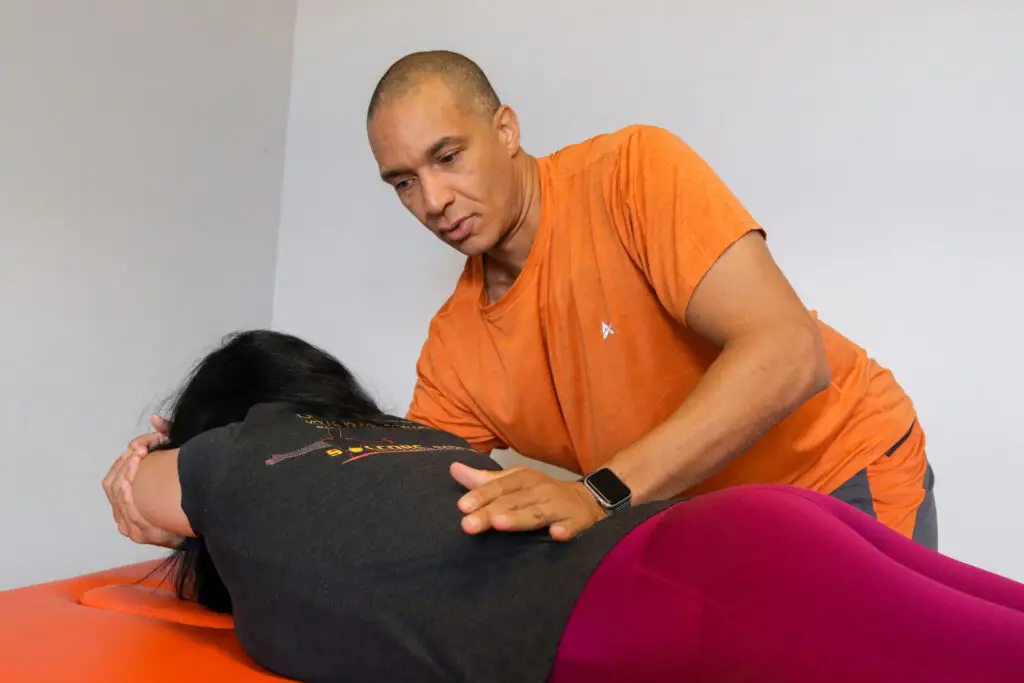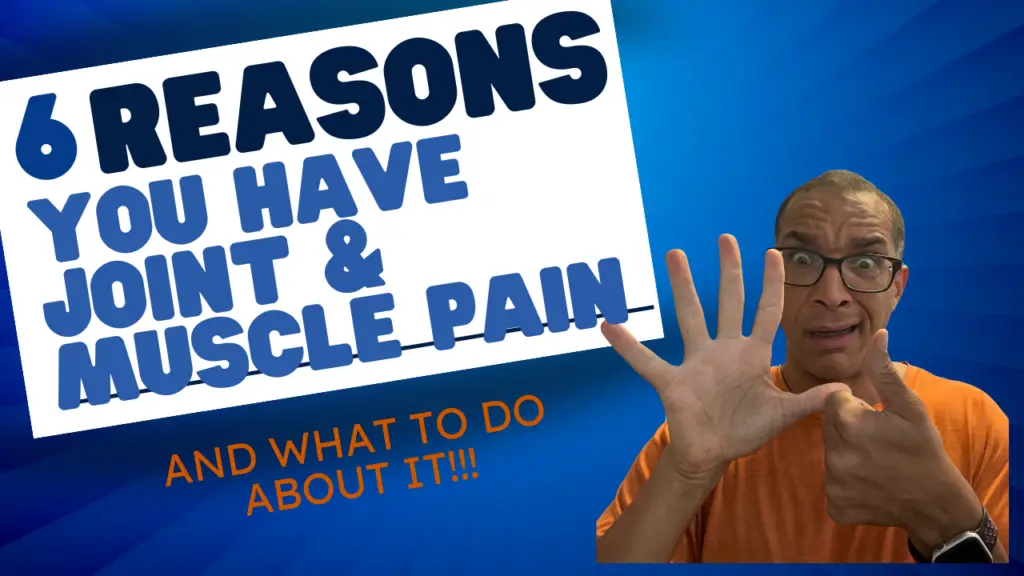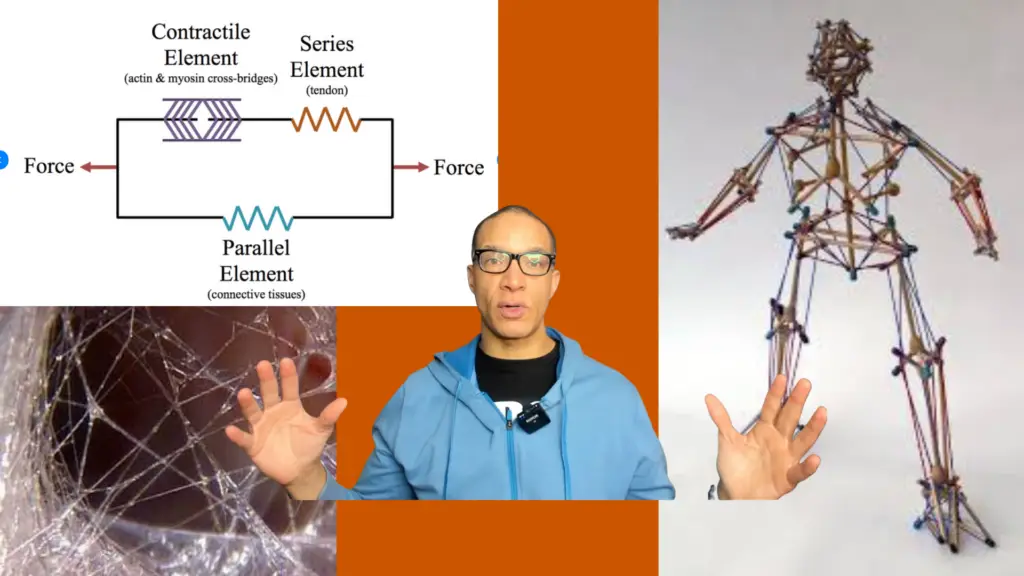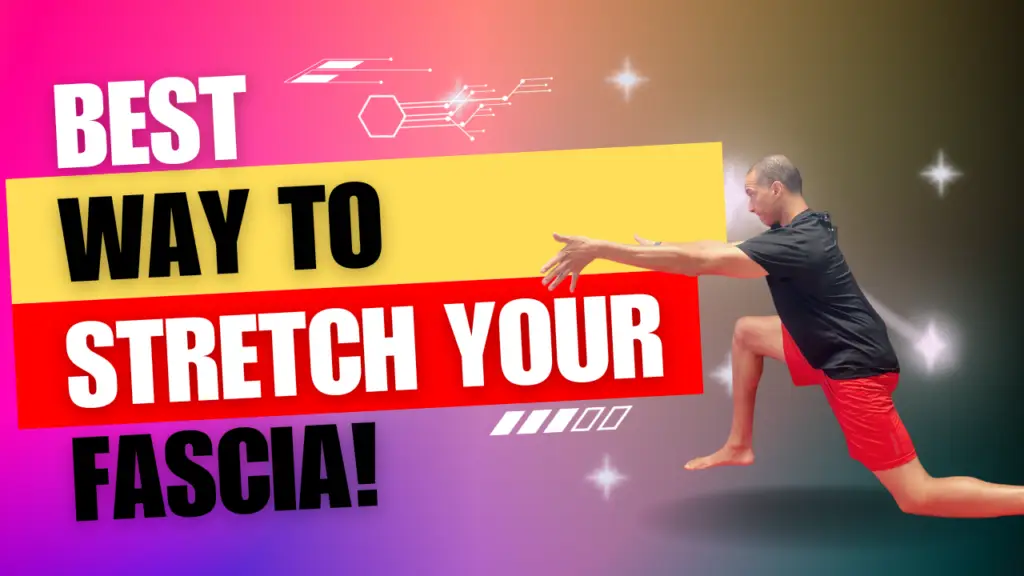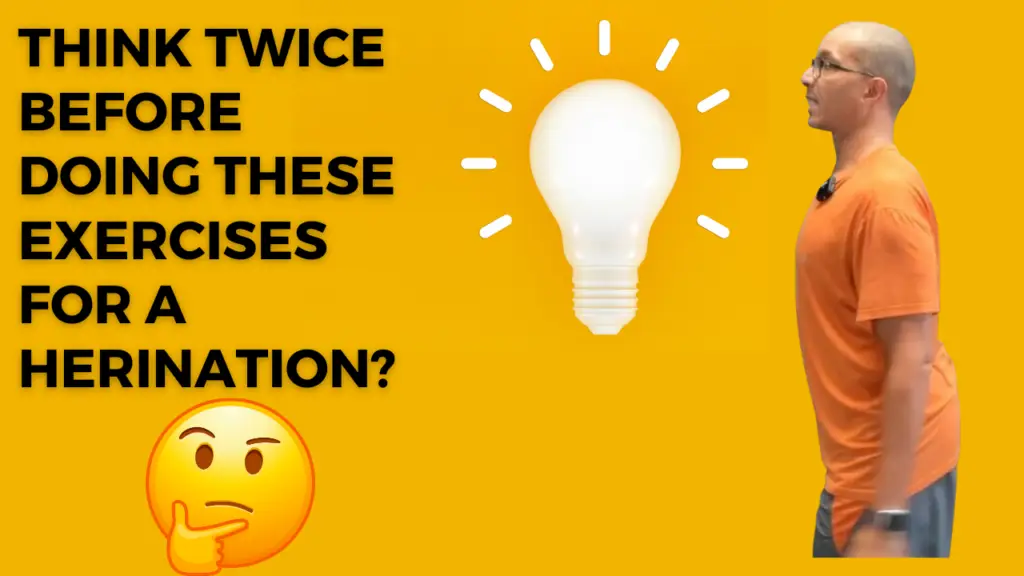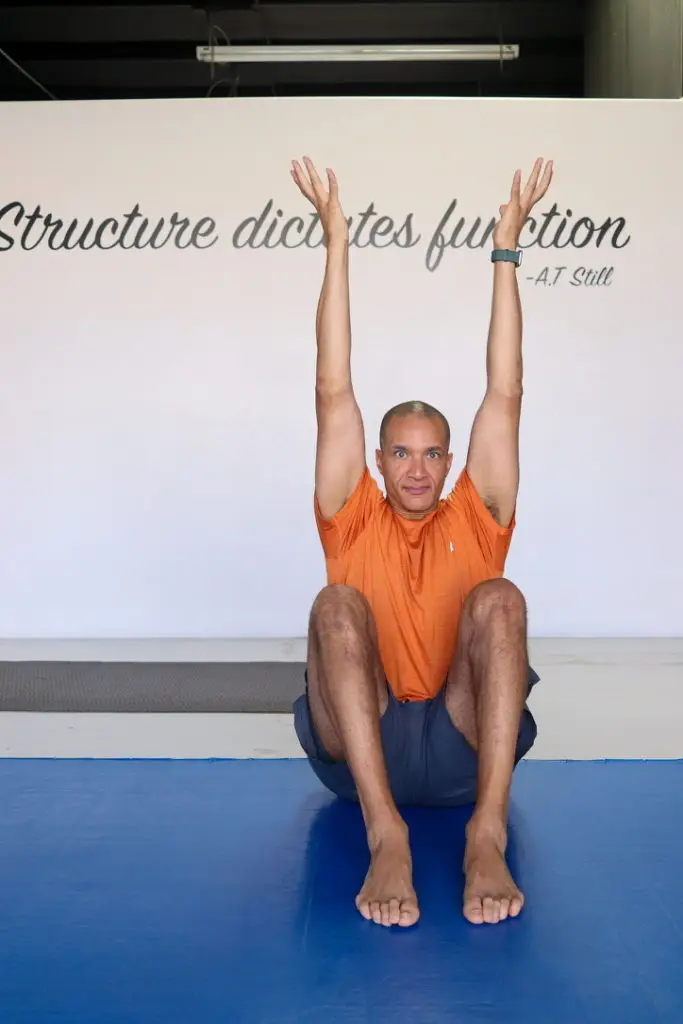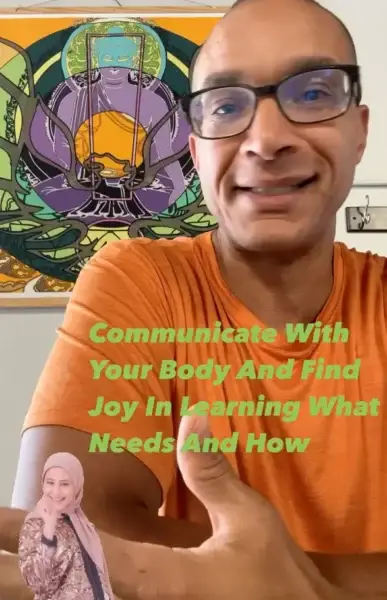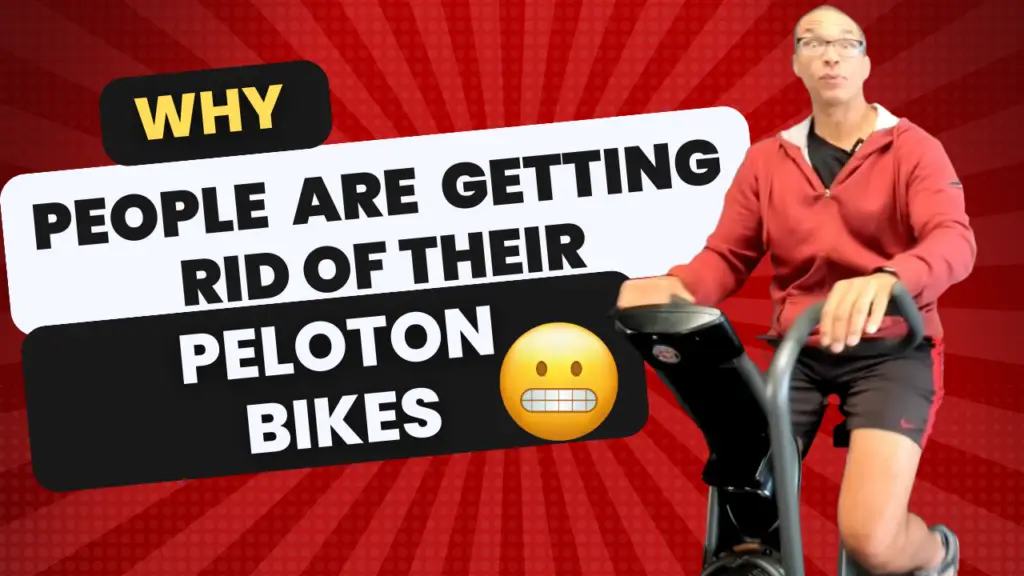
Click on the image to watch
If you’ve been searching for Peloton workout alternatives, you’re not alone. What once felt like the future of fitness now often leads to burnout, boredom, or plateaus. Whether your bike’s collecting dust or your membership feels stale, it’s time to rethink what your body really needs — and what truly works long term.
Let’s break down why Peloton is falling short — and what you can do instead to get real results.
Peloton’s Rise… and Fade
Peloton exploded during the pandemic. People were stuck at home, and the brand nailed the timing with sleek bikes, energetic instructors, scenic virtual rides, and an easy subscription model. It felt like a movement.
But fast forward, and many people are canceling memberships and unloading their gear.
Why?
Sure, there are business reasons — but from an exercise and results perspective, there’s a deeper issue.
External Motivation Doesn’t Last
The whole Peloton model is built on external motivation: music, scenery, and peppy instructors yelling encouragement through the screen.
That can feel great in the beginning. But it fades — and quickly. Real, lasting progress requires internal motivation driven by clear goals that mean something to you.
It’s not about getting hyped up to pedal harder for 20 minutes. It’s about asking:
What do I want from my body and my life?
Cardio Alone Isn’t a Full Program
Peloton gives you cardio — and not much else. Maybe some light circuit training or HIIT. But it’s still basically endurance training.
- No structured strength work
- No fascia-focused training
- No progression
- No personalization
Just movement for movement’s sake. And that eventually leads to boredom, plateaus, or worse — injury.
One Size Doesn’t Fit All
Using your legs on a bike isn’t the same as training your legs intelligently. Overuse injuries, imbalances, and limited planes of motion can result from doing the same activity over and over.
Every body is different. You need a program that adapts to your individual structure, needs, and goals. That’s the opposite of Peloton’s cookie-cutter classes.
Why I Built Something Different
At SolCore Fitness, we follow a fascia-based osteopathic approach to fitness and therapy. That means:
- Your workouts are built around your body’s actual structure
- You learn to work with your fascia, not against it
- You develop long-term strength, mobility, and stability — not just sweat
You don’t need fancy gear. You don’t need entertainment.
You need the right stimulus, progression, and support to evolve.
Ready for a Smarter Way?
If Peloton isn’t giving you what you need — that’s OK.
It was designed to be easy, not transformative.
But your body wants more. Your mind wants more. And you’re capable of more.
If you’re ready for a complete shift in how you train and take care of yourself, check out my program. It’s based on the principles of osteopathy and the real biomechanics of how your body is designed to move and heal.
Let’s train for your life — not just a screen.
it’s not just working out, it’s building a foundation for a better life.
Find out more @


